November 19, 2020
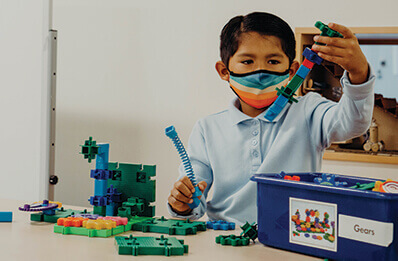 by Dr. Bill Hudson, Head of School
by Dr. Bill Hudson, Head of School
I am a procrastinator. A proud procrastinator, no less. It’s not that I am not productive or do not fulfill my responsibilities. I’m not lazy, but I do get distracted. There always seems to be a good article to read that pops up on my newsfeed, a post on Facebook I find intriguing, a conversation to be had with a friend or colleague, or a good book to read. Oftentimes, what helps me most is a firm deadline or knowing that people are depending on me to act.
Today is a deadline of sorts as our Fall Campaign winds down and we celebrate Give To The Max Day, both in support of the MPA Fund. If you haven’t yet made a gift, I strongly encourage you to do so. I feel a particular sense of urgency this year as we together navigate the uncharted waters of the pandemic. The urgency comes as we, the school and parents, join together to ensure our children have what they need to be safe, healthy, and continue to learn and thrive. What I know is that this endeavor costs more—more people, more technology, more infrastructure. Read More
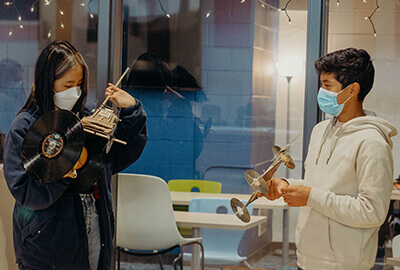 by Dr. Bill Hudson, Head of School
by Dr. Bill Hudson, Head of School by Dr. Bill Hudson, Head of School
by Dr. Bill Hudson, Head of School Due to a water main break, all classes and activities will be cancelled tomorrow, Tuesday, November 3. We apologize for any inconvenience that this creates for your family.
Due to a water main break, all classes and activities will be cancelled tomorrow, Tuesday, November 3. We apologize for any inconvenience that this creates for your family.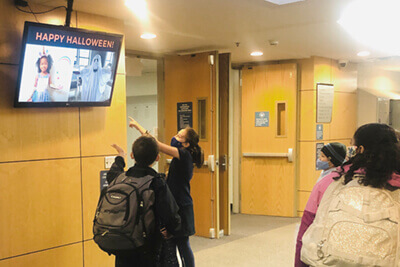 by Dr. Bill Hudson, Head of School
by Dr. Bill Hudson, Head of School by Dr. Bill Hudson, Head of School
by Dr. Bill Hudson, Head of School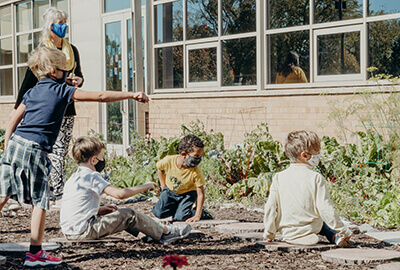 by Dr. Bill Hudson, Head of School
by Dr. Bill Hudson, Head of School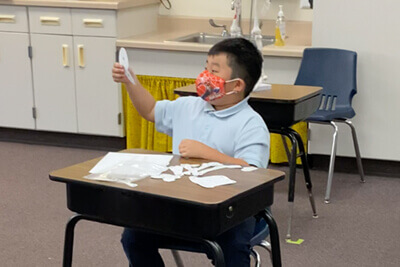 by Dr. Bill Hudson, Head of School
by Dr. Bill Hudson, Head of School At this moment in our nation’s history and in the midst of vitriol and violence, I’ve found inspiration in poet Micky ScottBey Jones in her call to create “brave space” where healing can take place in the midst of caring community. At MPA, we seek to build a brave place where students are known and valued and together create a space where we treat each other with kindness and respect. In brave space, students learn to truly value one another and work together to make room for diverse perspectives.
At this moment in our nation’s history and in the midst of vitriol and violence, I’ve found inspiration in poet Micky ScottBey Jones in her call to create “brave space” where healing can take place in the midst of caring community. At MPA, we seek to build a brave place where students are known and valued and together create a space where we treat each other with kindness and respect. In brave space, students learn to truly value one another and work together to make room for diverse perspectives. On the morning of Saturday, May 30, I awoke very early, with only a few hours of sleep and with great sadness. The explosion of anger and frustration manifesting in peaceful protests juxtaposed with the violence and destruction across Minneapolis and the nation the night before was hard for me to fathom. In the months since then, the murder of George Floyd and other Black, Indigenous, and People of Color (BIPOC) have prompted both dangerous civil unrest and peaceful protest and brought to the forefront systemic racism embedded in our society.
On the morning of Saturday, May 30, I awoke very early, with only a few hours of sleep and with great sadness. The explosion of anger and frustration manifesting in peaceful protests juxtaposed with the violence and destruction across Minneapolis and the nation the night before was hard for me to fathom. In the months since then, the murder of George Floyd and other Black, Indigenous, and People of Color (BIPOC) have prompted both dangerous civil unrest and peaceful protest and brought to the forefront systemic racism embedded in our society.